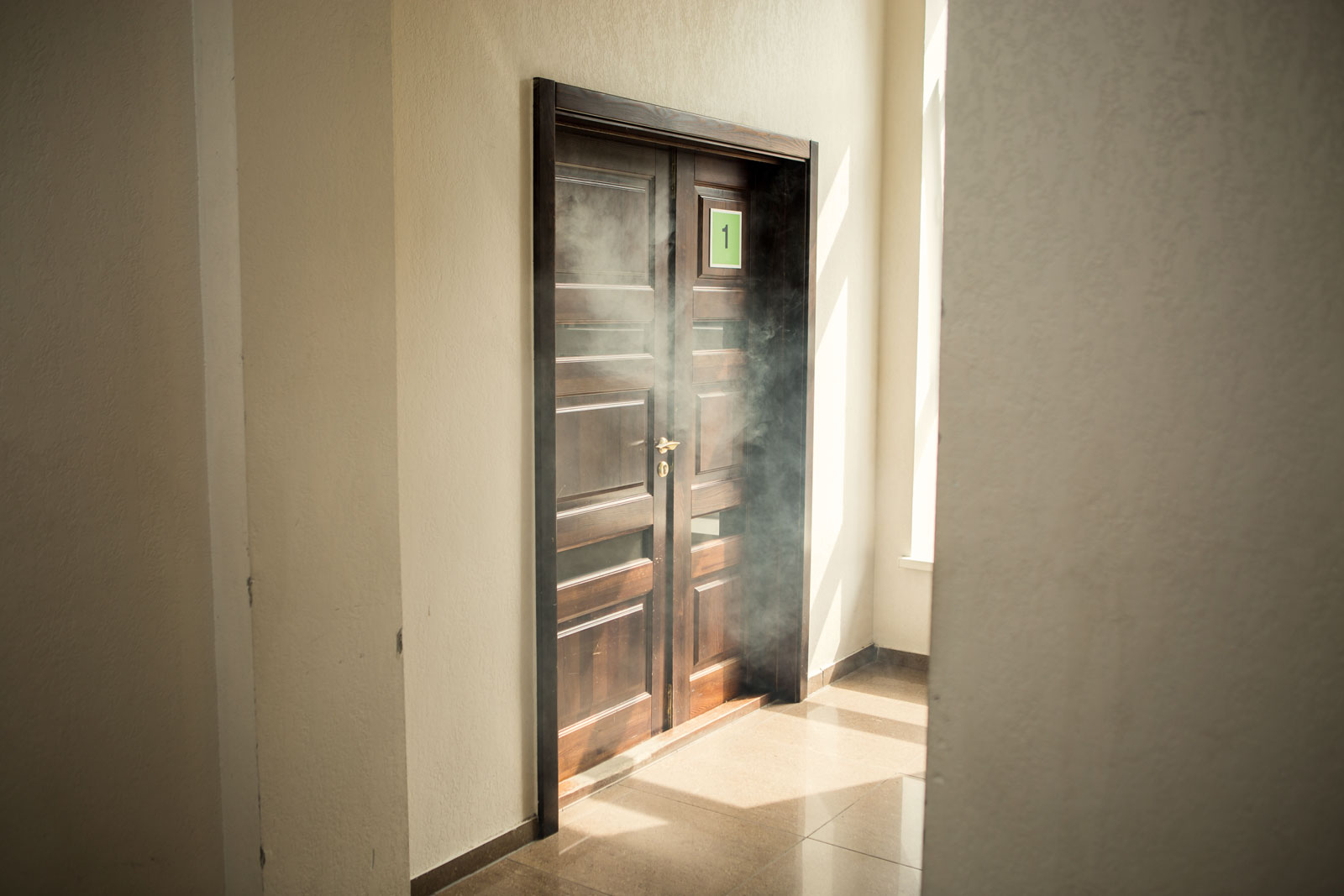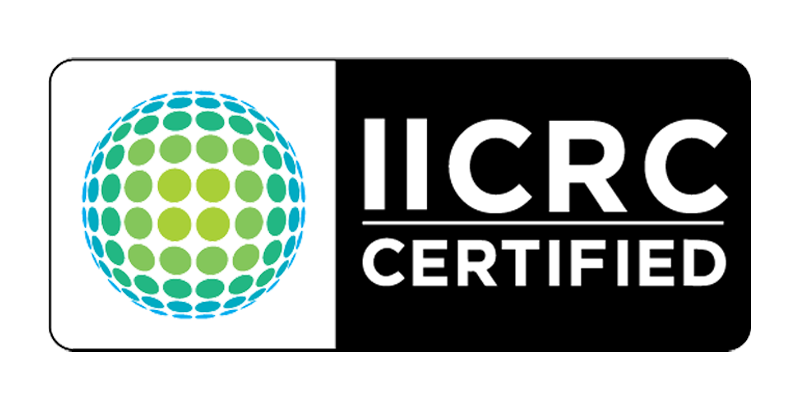Contents
Smoke Damage Restoration: How the Pros Clean Up
The destruction left behind after a fire can be overwhelming. Beyond the visible flames and charred structures, the insidious effects of smoke can permeate every corner of a property. Smoke damage not only mars the aesthetic appeal of a space but also poses health risks due to toxic residues and lingering odors. Left unaddressed, smoke can seep into insulation and get trapped inside walls. It can get stuck in the subflooring and the ceiling. That’s why it’s crucial to call expert smoke damage restoration professionals immediately after a fire.
Smoke damage restoration is a meticulous process that goes far beyond scrubbing surfaces. It requires expertise, advanced techniques, and a comprehensive understanding of the unique characteristics of different types of smoke residues.
Let’s dive into the details of smoke damage cleaning and restoration.

Smoke Damage Cleaning: Not All Smoke Damage Is Created Equal
Before we start the restoration process, it’s good to know that smoke damage varies in severity and characteristics. The kind of smoke damage you’re dealing with depends on what kind of fire your property has suffered.
Dry Smoke
Dry smoke results from fast-burning fires with high temperatures and oxygen-rich environments. It produces fine, powdery residues that are usually dry and easy to clean. However, dry smoke can penetrate porous materials and may require specialized cleaning techniques to remove. Materials commonly affected by dry smoke include wood, fabric, paper, and synthetic materials.
Wet Smoke
Wet smoke occurs from slow-burning fires with low heat and smoldering conditions, often producing thick, sticky residues. Wet smoke has a strong odor and smudges easily when touched, making cleaning more challenging. It often contains a high concentration of aerosols and can discolor surfaces and leave a greasy residue. Materials commonly affected by wet smoke include plastics, rubber, vinyl, and painted surfaces.
Protein Residue
Protein residues are typically left behind by kitchen fires or fires involving organic materials such as meat, fish, or poultry. These residues are invisible and can have a strong, pungent odor. They can be sticky and difficult to remove, often requiring specialized cleaning agents and techniques. Protein residues commonly affect kitchen surfaces, cabinets, and appliances.
Fuel/Oil Residue
Fuel or oil residue results from fires involving burning fuels or oils. This smoke damage is typically associated with machinery, equipment, or industrial fires. Fuel/oil residues are thick and sticky, leaving a black, greasy residue behind. They require specialized cleaning methods to effectively remove and restore the affected surfaces.
How Smoke Damage Restoration Works
Professional smoke damage restoration follows a series of rigorous steps to effectively clean and restore a property after a fire. Here’s how the pros do it:
- 1. Assessment: First, we’ll assess the extent of the smoke damage. The Cavalry team examines the affected areas, identifies the types of smoke residues present, and determines the appropriate restoration methods.
- 2. Safety measures: Before beginning the restoration process, the Cavalry team works to secure the property. That might include boarding up windows, securing loose structures, addressing any contaminates concerns like asbestos or lead, and taking general precautions to prevent further damage or accidents.
- 3. Ventilation: The restoration team focuses on ventilating the property to remove lingering smoke odors and improve air quality. We use industrial fans, air scrubbers, and other specialized equipment for proper ventilation.
- 4. Removal of damaged items: Smoke-damaged items beyond repair may need to be removed and properly disposed of. This includes furniture, appliances, carpets, and other belongings severely affected by the fire and smoke.
- 5. Cleaning and deodorization: Cavalry uses various cleaning techniques to remove smoke residue from surfaces. This may involve dry cleaning, wet cleaning, or specialized methods depending on the type of residue and the affected materials. We’ll also employ deodorization techniques to eliminate smoke odors.
- 6. HVAC system cleaning: Smoke can infiltrate the heating, ventilation, and air conditioning (HVAC) system, spreading smoky odors and contaminants throughout the property. Cavalry will clean and inspect the HVAC system, replacing filters and removing any smoke residues or soot that may have accumulated.
- 7. Structural repairs: If the property has suffered structural damage, the restoration team may need to conduct repairs. This can include fixing walls, ceilings, floors, and other structural elements affected by the fire or firefighting efforts.
- 8. Restoration and reconstruction: Once the cleaning and repairs are complete, the team focuses on restoring the property to its pre-fire condition. This may involve repainting walls, replacing flooring, installing new fixtures, and performing any necessary reconstruction work.
Call Cavalry For Smoke Damage Restoration and Cleanup
Cavalry proudly serves communities all over Texas, including the Dallas/Fort Worth, Austin, San Antonio, and Houston areas. If your property has been touched by fire, our expert fire damage restoration team will help you restore your building and get back to business. We also help business owners and property managers restore their properties after losses due to floods, storms, and other natural perils.
If you have questions about fire damage restoration, smoke damage cleanup, or other services, get in touch. You can reach us 24/7 at 888-601-3473.




